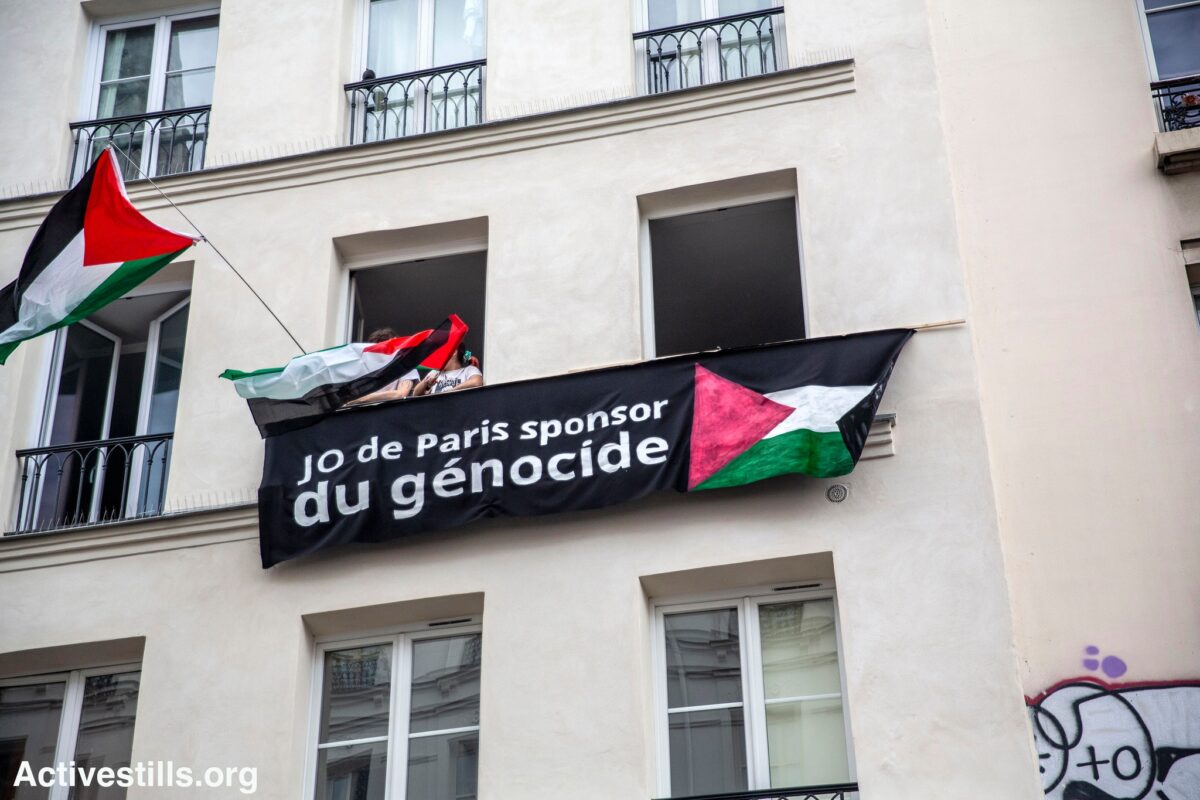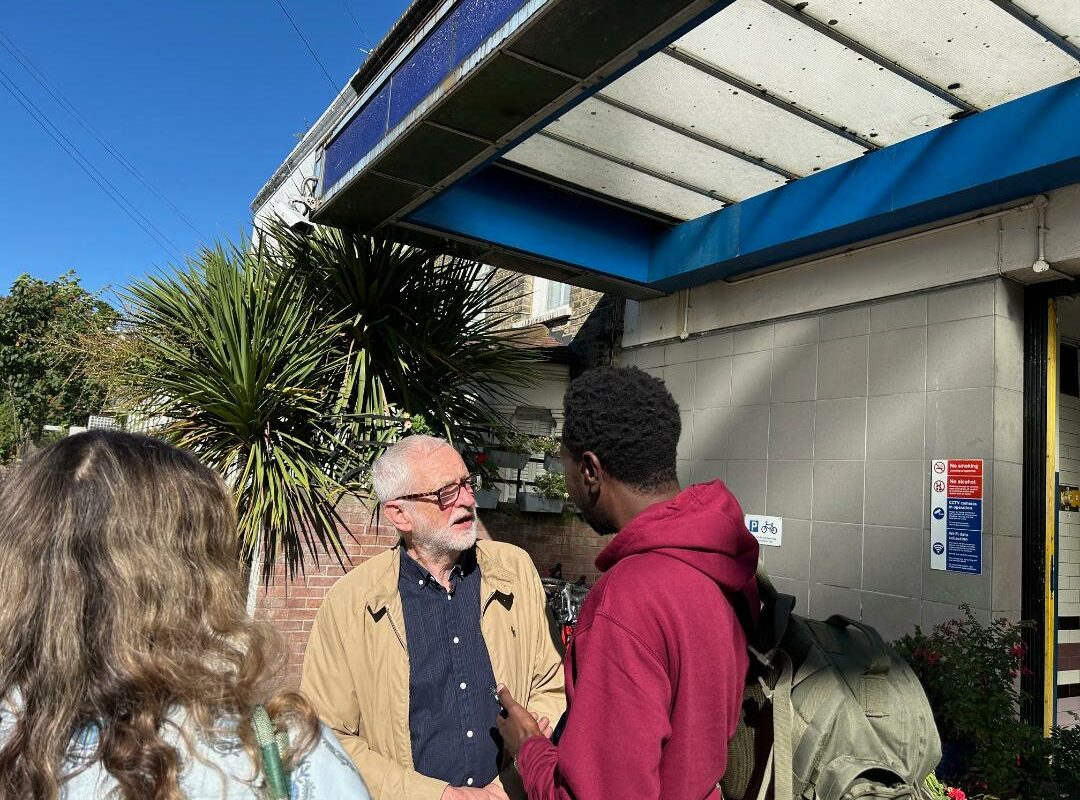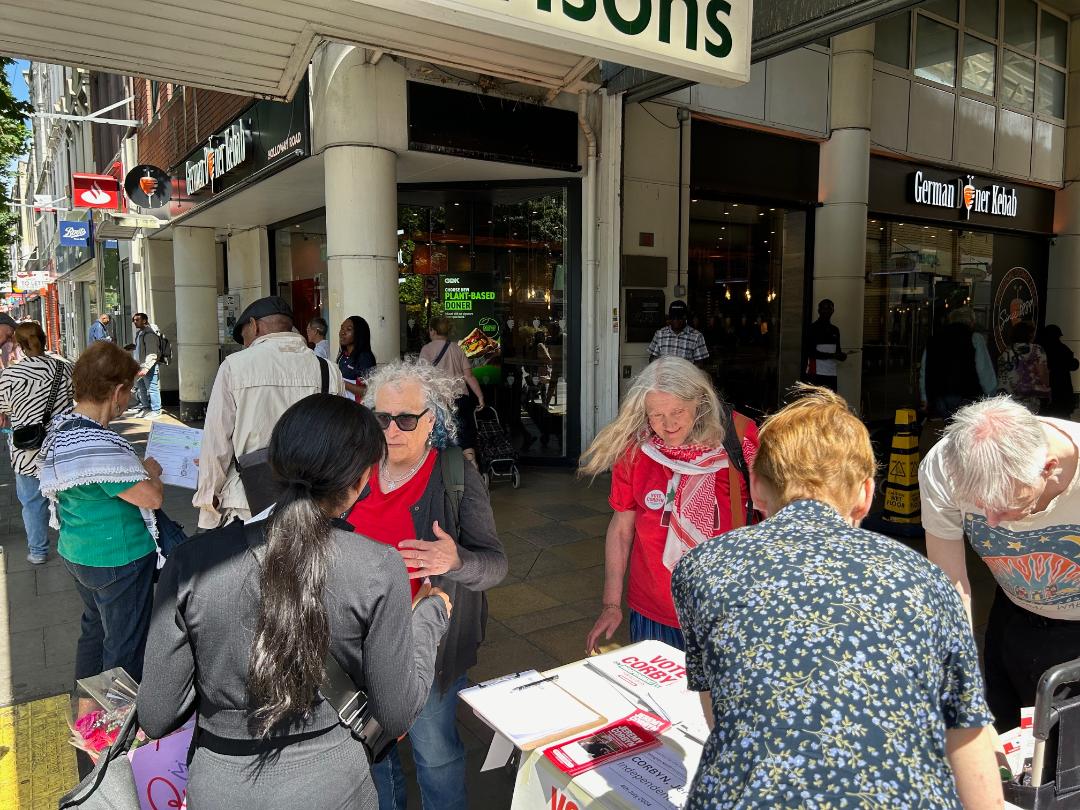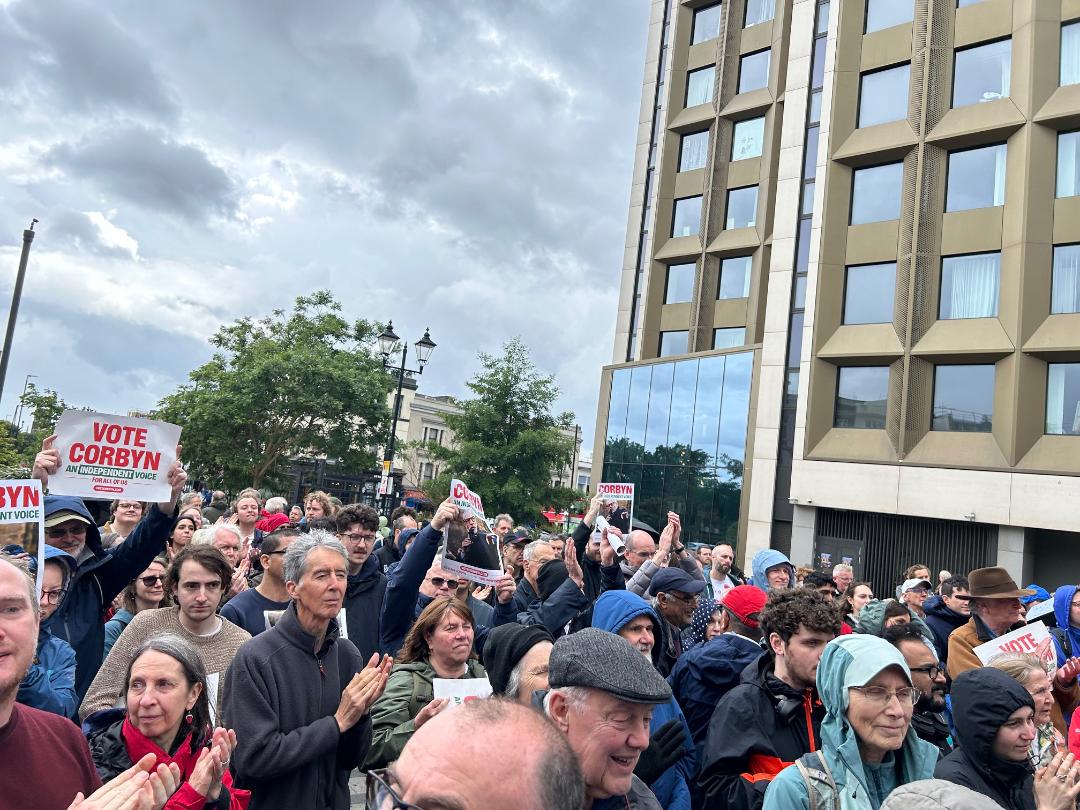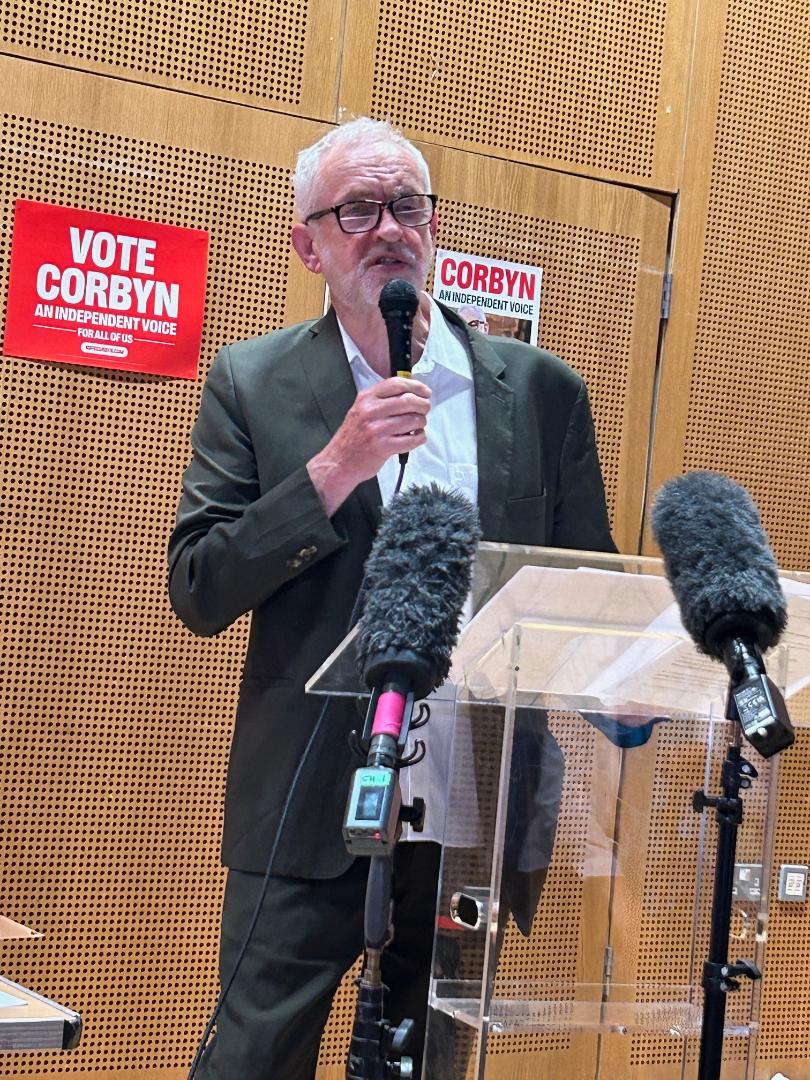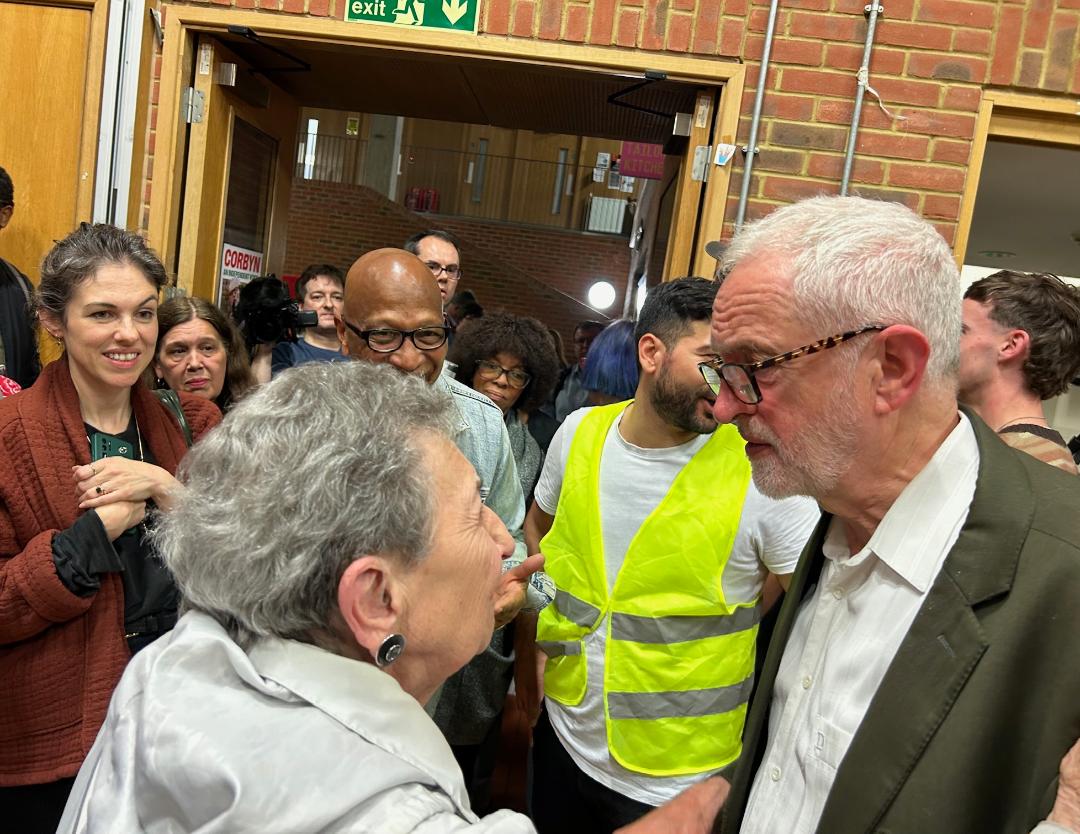The Paris Olympic Games opening ceremony was far beyond my expectations and such a breath of fresh air in contrast with the intensified presence of the extreme right in the French media lately. Some of us commented that it felt like we lived in a country led by the left for a few hours before coming back to the harsh reality of a people resisting the rise of fascism via extreme right parties who threatened to win the last legislative elections. The extravagant opening ceremony encapsulated the diversity of France, its multiculturalism and rich history.
Highlights of the show included the French-Malian singer Aya Nakamura performing alongside the orchestra of the Republican Guard. Nakamura has often received racist attacks from reactionary right-wing critics accusing her of humiliating the French language as she creatively mixes French with West-African dialects, as well as Arabic and English, in her songs. Her performance was all the more iconic that it took place in front of the highly symbolic French Academy, the conservative temple of the French language. One in the eye for her detractors. Other major moments included a re-creation of the Feast of Dionysus with drag queens paired with ballet and ballroom performances displaying an inclusive choice of models and dancers with body diversity. Feminism was also at the forefront of the ceremony with (cardboard) statues of ten French historic feminist figures including decolonial activists Louise Michel and Gisèle Halimi.
And the show created by artistic director Thomas Jolly and his team did not stop on TV, since the second best part was the reaction of the right wing on social media. Outraged by the opening ceremony, they deemed the show to be embarrassing for the image of France abroad, not appropriate to be watched by children because of drag queens and a sequence showing a love triangle as an homage to Truffaut’s Jules et Jim. Some even considered the scene of a beheaded Marie-Antoinette bleeding figure while death-metal band Gojira inflamed the Conciergerie to be clearly satanic and obscene. Marie-Antoinette is thence still the #1 decapitated figure horrifying spectators on social media, but not an ounce of concern is expressed for the videos of actual decapitated children from Gaza that keep being shared online.
Although it’s hard to distinguish between what was imposed on Jolly by the French government and the IOC and what falls under his actual artistic choices, some moments in the ceremony clouded the picture. Some might say that the ceremony was altogether hypocritical for showing an idyllic France when minorities are constantly endangered, it can also be understood as an artistic decision to foreground resistance against our politicians and an opportunity to show an alternative French society, one possibly based on human values.
As singer Juliette Armanet sang one of the Olympic ceremony’s classics, John Lennon’s Imagine, “We stand united for peace” appeared while French commentators highlighted the anti-capitalist nature of the song. Quite a jarring description to highlight anti-capitalism when LVMH, the official sponsor of the games, made sure to showcase its products throughout the whole ceremony and most importantly, a very discordant message on our screens when the Israeli delegation was allowed to take part in the Olympics despite the ongoing genocide in Gaza—an asymmetrical principle when Russian athletes are banned from international competition. The Palestinian delegation, rather small as about 400 Palestinian athletes were murdered by the Israeli state, has been enthusiastically acclaimed by the public during the ceremony.
That said, it didn’t refrain the French government from heightening the repression against Palestinian support during the games as the display of Palestinian flags has been banned with a fine of 135€ for whoever defies the ban, when supporters of other countries are free to wave their flags. This ban happens in a context where France was already under fire for its racist and Islamophobic ban on the hijab for competing athletes, a liberty supposed to be secured by the French secular law. Some women are therefore prevented from competing for arbitrary reasons, but the IOC allowed Steven van de Velde, a convicted rapist, to play on the Dutch volleyball team.
It should also be pointed out that the ceremony almost did not happen, as a strike threat initiated by the union for performing artists (part of CGT) loomed over the Olympic Games. Strikers’ demands included the transfer of image rights and reimbursement of transport and accommodation considering their total salary would have gone to those expenses given Paris’ housing prices. Added to this, a difference in treatment for performers who would dance side by side was denounced between intermittent artists directly hired by the production company and other artists hired for the ceremony through their own company. The strike call was eventually lifted shortly before the opening ceremony day after artists obtained more satisfying working conditions.
Critics of the Paris Olympic Games don’t only concern themselves with the opening ceremony. The organization of the event and the social cost of the Olympics highlighted by the collective Le Revers de la Médaille, as on each occurrence of the games, is no minor consideration. Students were one of the first groups impacted, with 3200 student accommodation units being requisitioned for the event, and out of 1400 rehousing applications only 100 students received a new accommodation. The police officers from other regions in France, for whom the studios were requisitioned, were able to get the units cleaned and disinfected after the intervention of the police union since a lot of accommodations were unsanitary and infested with cockroaches —a demand student unions voiced in vain for years, but which happened instantly for the police staff.
Numerous abusive evictions also took place in a city with skyrocketing rent prices, as greedy landlords hoped to make a profit by renting their apartments on Airbnb during the event, leaving hundreds of tenants in very precarious situations. To give a perfect postcard rendering of Paris for tourists, about 12,500 homeless people were also swept from the streets, squats, and shanty towns and sent to other French regions by bus. And when the government sees evictions of homeless people as a necessity and a minor issue since they are already in the streets, the reality is strikingly different. A lot of those people lost their jobs as a result, and were uprooted from their social ties in neighborhoods where people knew them and cared for them, or from their solidarity networks for those living in squats.
When locals are not evicted, their already shrinking commons and highly necessary natural spaces, vectors of biodiversity in dense urban concrete areas are being appropriated to build more amenities for the event. It has been the case of the Aubervilliers Workers’ Gardens where 4.000 square metres of gardens were destroyed to make way for a solarium adjoining an Olympic pool, a project that was eventually aborted. Similarly, the sex worker community already facing difficult work situations, physically and mentally endangered by French laws penalizing both sex workers and clients, is also targeted with greater anti-prostitution campaigns putting them in even more danger.
Under the pretext of security, the Olympic Games have also been the perfect excuse to implement mass surveillance measures with algorithm-driven smart cameras until 2025, way after the end of the competition. These measures pose considerable threat to personal liberties since our biometric data could be collected and machines are being trained to detect absolutely normal behavior— such as walking in a different direction than others or standing in a place for too long — and deeming them suspicious.
The Olympic Games also mark the return of the infamous QR code zone system, a bitter memory of Covid times no one was pleased to see return. The system announced in advance made Parisians flee the city before the games, but not everyone can afford to leave their homes, creating Kafkaesque commute situations all over the city for local workers. Some patients are unable to reach their doctor’s office when located in restricted areas even with a proof of appointment. Nor can ambulances and taxis access the red zones, and some patients have been asked to walk and use public transportation after receiving surgery.
The price of transportation tickets also doubled and no free transportation tickets have been offered to spectators as was first advertised. For disabled people living in Paris, a city already hostile to them, with only 3% of public transportation accessible in normal times, the daily headache of getting from point A to point B intensifies with the QR zones. No exceptions have been made for them, even when they have to make long detours because pedestrian crossings are closed. And as pointed out by feminist disability awareness collective Les Dévalideuses, the newly accessible housing infrastructures built to host athletes will probably end up being owned by private investors looking for return on investment with unaffordably high rents for a disabled population in severe lack of accessible housing and often in financially precarious situations, as disability often leads to financial difficulty and vice-versa.
Beyond city accessibility, the actual format of the Olympic Games deserves to be scrutinized. Pierre de Coubertin, the ‘inventor’ of the modern Olympic Games was a major racist, sexist and colonialist, preventing people of color and women from participating in the games and the heritage of the discriminatory ‘past’ of the games lives on. Paris 2024 marks the first Olympic Games supposedly achieving a 50/50 male to female parity, but is that really the case?
The Olympics are definitely a capitalist tool crystallizing into a worldwide event the glorification of idealized able bodies fitting a certain norm, perpetuating a cult of performance and meritocracy. Paralympic athletes still don’t perform on the side of the ‘real’ athletes, they don’t take part in the main opening ceremony with them, often don’t get paid, tickets for the events are cheaper, no one knows their name and this year cuts have been made in the size of the French Paralympic delegations to save money, which probably wouldn’t have happened in the regular olympics.
The Paralympics, the main, if not only, televised competition showing disabled bodies turned out to be quite detrimental to the representation and inclusion of disabled people. How so? It entertains a discourse centered on the idea that disabled people can only be valued if they overcome their handicaps, teaching us a normative life lesson. But disabled people are not meant to be a life inspiration for an abled public, and disabled athletes are athletes like others who deserve the same coverage as given to the regular Olympics.
Relegating disabled bodies to subaltern ranks outside of the main competition is surely a way to reinforce the concept of the ideal body for each gender. Yet the presence of trans and intersex athletes weakens the notion of the gender binary, illuminating these categories as fictions perpetuated by the competition. In French podcast Les Couilles sur la Table focusing on masculinities, socio-historian Anaïs Bohuon underlines the interesting fact that only women’s (natural) testosterone levels are tested to assess their right to compete in the women category — as has been the case with South-African runner Caster Semenya or more recently with Algerian boxer Imane Khelif — but this is not the case for men. The obsessive need to carefully examine women and define what their bodies should or shouldn’t be, in addition to objectifying them, reinforces the alleged weak nature of women.
Khelif who faces intense waves of transphobia from the likes of bigots like J.K. Rowling and Elon Musk has a variation of her sex traits called DSD (differences of sexual development). The National Institutes of Health maintains that it does not under any case question the fact that she is a cis woman and Khelif does not consider herself as trans or intersex. But even athletes without this variation face transphobic discrimination. French tennis player Amélie Mauresmo’s opponents and the media often questioned her gender, this coupled with lesbophobic attacks since she was open about her sexual orientation. The most famous female tennis player to have constantly faced transphobia remains Serena Williams, highlighting the fact that black women are overly discriminated against.
The deviance from a gender division highly based on a ‘performance’ of femininity absolutely negates the diversity of bodies in nature. US swimmer Michael Phelps was not discarded from competing on account of his double-jointed ankles and hyper-jointed chest for instance, because this deviation from a norm is valued in men but seen as suspicious in women. Bohuon also brings to light the fact that no one is equal in competition and that when biological characteristics are always the major factors questioned in sports, socio-economic inequalities or the confidence gap between men/women are also highly influential factors. Even within categories of disabled athletes, some disabilities are so different that creating homogeneous groups turns out to be impossible.
Bohuon also reminds us that under the false pretense of ensuring a fair game, women have often been discarded from competing with men, and not always out of ‘fairness’ but because sports represented (and still do) a tool of oppression justifying men’s physical superiority over women. It was long inconceivable that women could compete with men and sometimes beat them. The case of the infamous double-amputee sprinter Oscar Pistorius competing in the regular Olympics is also interesting considering this double treatment. Subaltern categories need to exist to sustain the myth of a natural superiority of able-bodied men, yet when the subalterns prove themselves to be as successful as the latter category, they are cast aside and accused of unfair advantage.
But should the Olympic Games be canceled altogether? The values that these sports bring — such as respect, team spirit, solidarity or tolerance — are honorable, but how could we further improve the Olympic Games to make them inclusive for all of us? Should we rethink gender categories as gender is a social construct? Ableism? How could this be implemented? Or is the very idea of competition actually doomed if we only focus on performance and not on the beauty of the game, on good treatment of horses for equestrian sports, on team cohesion, on outstanding performance in adversity for athletes of the refugee team, for instance, or on so many other aspects that could be assigned more value? The 33rd Olympic Games have achieved a façade of parity for the first time, but purple washing has good days ahead if the IOC doesn’t engage in a deeper reflection on its myriad disparities.
